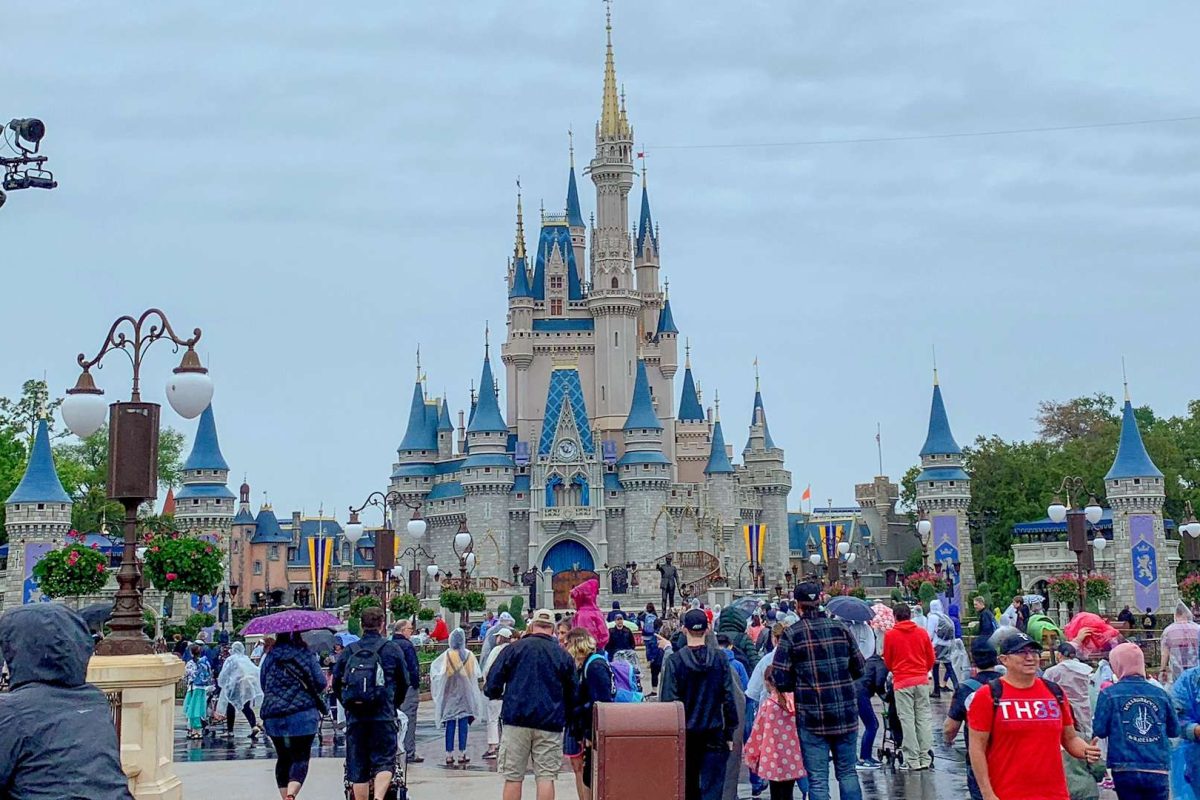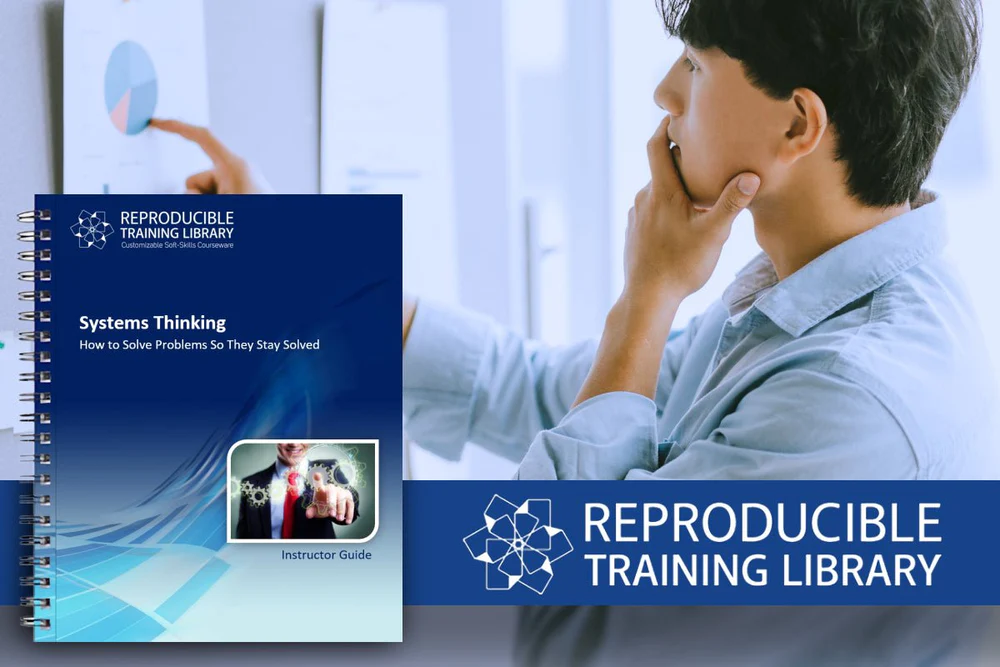Disneyland: A Park Built on Process
Before building Disneyland, Walt Disney spent much time visiting other parks and amusements. He wasn’t just exploring attraction ideas during these visits. He was observing the processes people experienced: how crowds flowed, how ride queues worked, where different facilities needed to be, what the common service failures were and how they could be fixed, and even how long people would carry trash before dropping it.
The Concept of “Plussing”
Once identified, Disneyland addressed those process issues in advance. And once opened, Disneyland continuously tried to improve the processes behind the experience. Walt called this continuous improvement mentality “plussing,” and even for successful processes, he was always looking for ways to improve the guest experience.
This attitude – one of continuous plussing – has been passed down through the generations of Disney leaders. It is in the company’s DNA. There’s always a bigger, better, faster, cheaper way to do things, and Disney is forever searching for those improvements.
A Smooth, Organized Evacuation
So, on that awful morning of September 11, 2001, almost immediately after the planes crashed into the New York City World Trade Center building when, senior Walt Disney World leaders made the decision that Walt Disney World could be a terrorist target and that, for the safety of its guests, all four theme parks needed to evacuate as quickly as possible, Disney has defined processes in place for almost every contingency, including different kinds of evacuations. In this case, it was decided that a quick, rather than an emergency, close was the best way to avoid panic.
The process began. The attractions stopped loading and cycled through the guests already on the rides. The chefs stopped cooking food, and the servers stopped serving. The merchandise cast members shut down their cash registers. To maintain calm, the cast members avoided, unless necessary, telling the guests why the parks had closed. All the cast members headed into the streets as quickly as possible, joined hands, and gently pushed the guests toward the front entrances.
Outside the parks, every available transportation ferry, boat, bus, tram, and monorail descended on the parks while entertainment personnel headed to the resort hotels with whatever props or costumes they would need to continuously entertain stranded guests.
Quickly but calmly, cast members pushed the guests out of the parks onto waiting transportation and back to their resorts, where characters, musicians, and novelty acts greeted them.
The Success of a Well-Planned Process
Within a couple of hours, the parks were fully evacuated of as many as 80,000 people. Such a large-scale evacuation had never been done before. Even so, it went smoothly. The process worked.




























